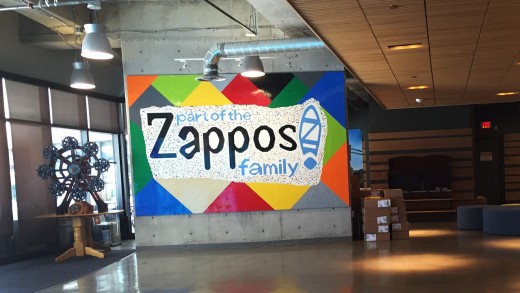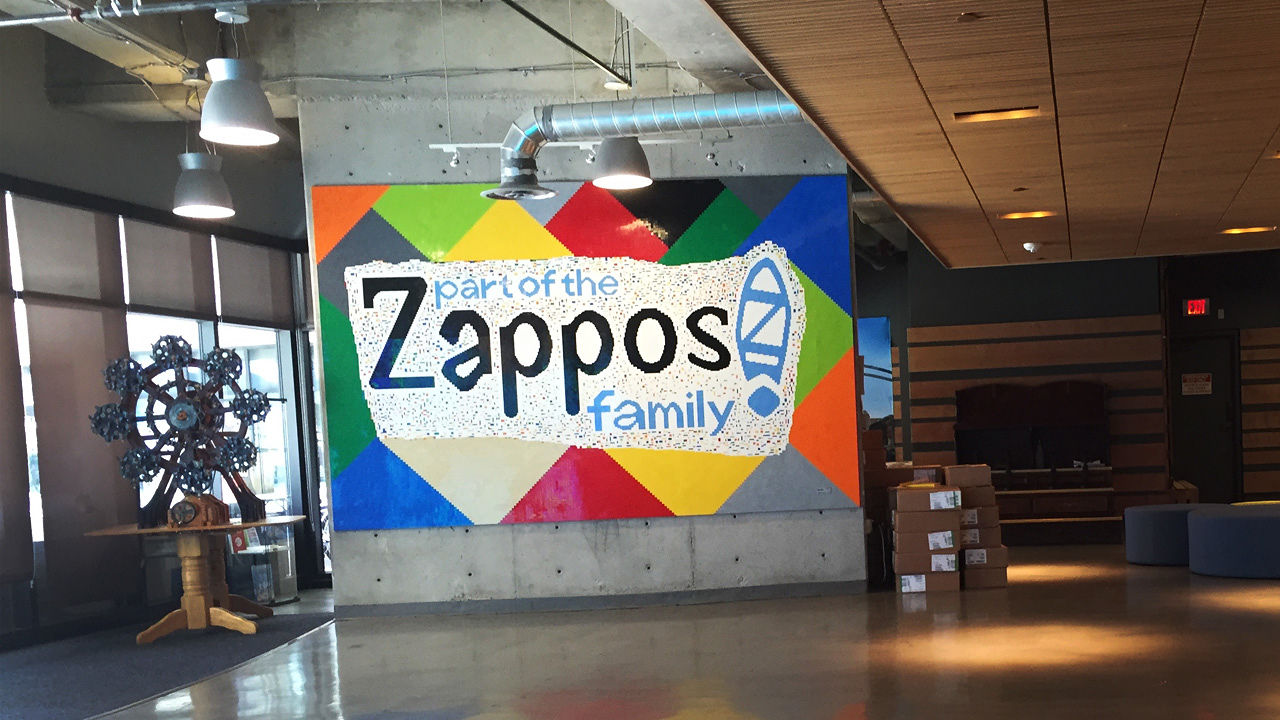The Zappos Exodus Wasn’t About Holacracy, Says Tony Hsieh
the corporate estimates about half of of individuals who took the Holacracy-associated severance wanted to “pursue different passions.”
January 19, 2016
A version of this text in the beginning seemed on Medium; it has been edited for size and clarity.

For the earlier two years, quirky tradition fanatic and Zappos CEO Tony Hsieh has interested the business press with his radical test in self-governing administration. Early on, I did a characteristic on their so-referred to as “Holacracy” administration means (called “teal” internally), which abolishes conventional hierarchy and replaces bosses with an overlapping community of self-managed groups. workers had been encouraged to simply accept the adjustments, or to take a beneficiant severance package and leave.
After numerous press reports about an exodus of employees from the company (the new york times reported that 18% of the company, or some 260 people, had left considering the fact that ultimate March), I reached out to Hsieh and his staff for a response. Questions had been answered by the use of e-mail. beneath is our interview, edited for readability and brevity. (the whole responses to all of the questions can also be read on a public Google doc right here.)
GREG FERENSTEIN: usually talking, how would you characterize the accuracy of the most recent spherical of press on departures from Zappos?
FRED MOSSLER, NON-TITLED ZAPPOS government: As I noodle on the press protection, what no person has mentioned, is that if any company have been daring enough to offer their whole employee base a severance the likes of which we did, what p.c of every other firm’s workers do you assume would take the offer? In studying all of the exit interviews and talking with folks leaving, the exodus is less about Holacracy/dissatisfaction and extra in regards to the chance to pursue different passions or fulfill other targets in lifestyles. the actual fact we will make such a proposal and only 18% make a choice to go away is I’m guessing an outstanding statistic in the corporate world.
TONY HSIEH: I completely trust Fred… the ironic factor is that we didn’t in truth have to make a proposal. the rationale we did was once as a result of it’s at all times been part of our culture to treat our staff smartly and is in line with our ongoing follow of constructing each single new employee a suggestion of a couple of thousand dollars to end the company throughout our 5-week new hire training. The headline in reality should be “eighty two% of staff make a choice not to take the provide.”
right here’s the info that most of the articles didn’t embody for proper context:
- Zappos annual turnover in 2013 and 2014 used to be each and every about 20%
- Teal supply takers totaled about 18% (including the delayed super Cloud Teal offer takers)
- Our estimate is that roughly 1/2 of the Teal offer takers took the offer now not on account of the rest associated to Holacracy or Teal, but since the economics of the provide have been too just right to cross up (minimal of three months severance or 1 month for annually labored (whichever was larger). Some long-time employees were provided over a yr of severance, plus they are still eligible to join Zappos again after twelve months, so it allowed folks the opportunity to pursue their new startup ideas, or take day without work to deal with their unwell relative, as an instance.
- Our total turnover for 2015 was once about 30%
- in keeping with the above numbers, our extra turnover was once about 10% more in 2015 in comparison with what’s normal, and that 10% used to be principally as a result of us giving lengthy-time workers the chance to pursue their dreams (average severance paid out was once about 5.5 months pay when we final analyzed the info).
And finally, a misinterpreted dialog with our COO Arun (Rajan) resulted in reviews suggesting that we would have had a layoff if sufficient people had not taken the supply. this is factually fallacious.
The FAQ says that Zappos had an annual turnover of about 20%. Isn’t this unusually high? i assumed Zappos was a spot where folks stick around, particularly making an allowance for your organization tradition. Has it all the time been round 20%, or has one thing modified over the years?
HSIEH: Our annual turnover has generally been round 20% (with the exception of for 2015 due to the Teal supply). a handy guide a rough Google search suggests that is smartly below the turnover for many call facilities, but regardless, our intention has never been to hit a certain turnover metric. as an alternative, our intention is to maximize the collection of employees that believe in the company mission, are customer service, and imagine that this is the suitable culture for them.
for this reason we make an offer to every single new rent (despite department) throughout their 5-week new rent training class, for example. we offer every new rent several thousand bucks to give up and go away the corporate sooner than they begin the real job they were hired for. This obviously will raise our turnover compared to if we didn’t make the offer, but we think it’s the fitting factor to do to ensure staff don’t feel “stuck” in a job or company that’s not the precise fit for them.
i think what strikes individuals in regards to the Holacracy story is that Zappos was a in most cases a hit company. i think the media is used to stories about radical restructuring most effective when there’s some serious difficulty. Why did you take this sort of large chance when everything was going (reasonably) adequate? Or, did you watch for some issues down the highway that weren’t in an instant obvious about the company?
HSIEH: i believe the true question will have to be about what happens if there is no innovation on how firms are structured? This isn’t on the subject of Zappos, that is about all firms. The default future for corporations underneath the traditional structure is dying. something like 88% of the companies that had been on the Fortune 500 checklist in 1955 are no longer on that listing.
the straightforward truth is that command and keep an eye on structures do not stand the test of time, but self-organized and self-managed structures (corresponding to cities) are resilient and do stand the check of time. in addition, research has proven that each time the dimensions of a metropolis doubles, innovation or productivity per resident increases via 15%. but with conventional firms, the alternative occurs — innovation or productivity per worker generally goes down.
Holacracy simply happens to be the know-how that we’re the usage of today, however our ultimate intention is that we wish to construction Zappos extra like a city and not more like a top-down bureaucratic command and regulate group.
Our march against self-organization and self-administration isn’t an test. It’s the future of work and it’s the only structure that has stood the test of time. It’s the only structure that can develop into extra revolutionary as it will get larger (vs. standard company structures that develop into much less innovative as they get greater). Self-organization and self-management isn’t a thought. It exists in nature, and it exists in human-created cities.
At 1,500 individuals, we just generally felt like things were moving slower compared to when we have been 150 individuals. I don’t suppose it’s really anyone’s fault, i believe it’s a byproduct of the standard hierarchical structure and strategies. There’s never a just right time to make a metamorphosis like this, however i will tell you that it might had been lots tougher to do at 15,000 folks than 1,500 people, although I wish we had accomplished it previous.
fascinated by Quitting? Watch this primary:
For more tales like this, subscribe to the Ferenstein Wire e-newsletter right here.
(120)














